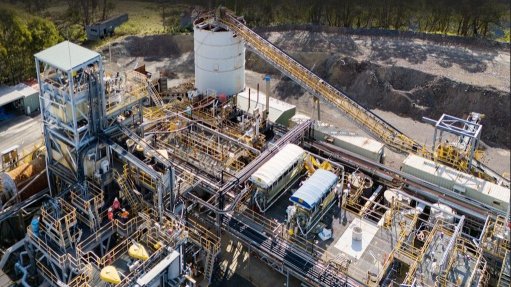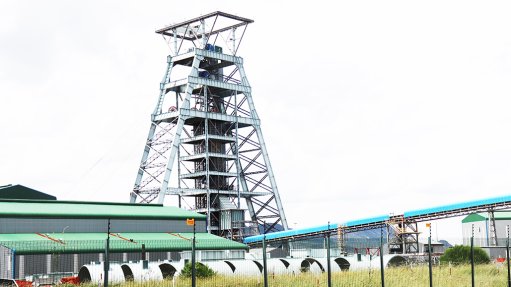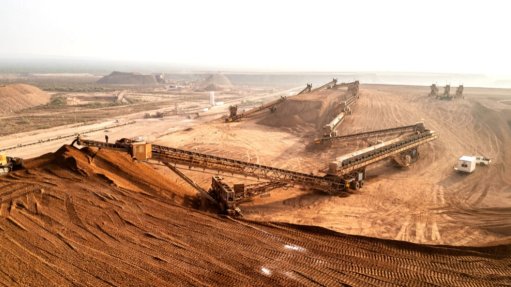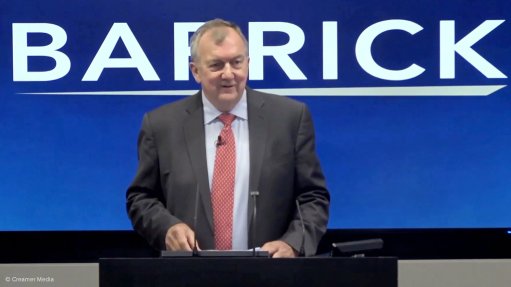New coupling introduced to meet updated LPG tanker standard
As per a bulletin issued by the Liquefied Petroleum Gas Safety Association of Southern Africa (LPGSASA) and further legislated by the Department of Employment and Labour, cam-and-groove-type couplings are no longer permitted for use in gas tanker applications and should be replaced with a suitable dry break coupling system. The industry has until September 30, 2020, to conform.
The change has arisen as a result of several incidents involving cam-and-groove-type couplings, placing the onus on industry participants to address the risks associated with the use of this type of end-fitting and make the legislated changes.
The dry break coupling system will ensure that a fleet is not only legal and compliant with international standards but will also improve the safety of staff and assets, as well as environmental performance.
The cost of the shift will also be offset by increased productivity, which will ensure a short payback period and an attractive return on investment.
Jachris, Africa’s largest supplier of hose and couplings, has a range of products to assist with the transition, including, but not limited to, dry-break couplings (hose and tank units), tank unit pressure caps and liquefied petroleum gas (LPG) suction and delivery hose.
Jachris proposes the use of a 3-inch coupling with a 2-inch flange to meet the new South Africa National Standard 1518, which is in line with international LPG safety standards.
The new regulations were promulgated at the end of March, providing a deadline of October 1 for small South African refineries to fill only LPG tankers fitted with new dry break couplings. This means that industry must change its LPG equipment and coupling components over the next few months as refineries will no longer fill any that are still using cam-and-groove couplings.
The LPG industry has also taken a progressive decision on the sizing of the dry-break couplers. The current cam-and-groove systems are all 2-inch while the international standard changed to 3-inch for liquid filling and 2-inch for vapour. The majority of the LPG tankers in South Africa are fitted with 2-inch valves and piping, and changing the liquid filling to 3-inch is a potential challenge.
Jachris, in partnership with their supplier Manntek of Sweden, designed a suitable 3-inch tanker unit complete with a 2-inch flange to suit the existing tanker valve flanges, resolving most of the technical challenges for the tanker owners by avoiding a complete system rebuild.
The reason for the change include the fact that cam-and-groove couplers are not considered safe in LPG applications and have resulted in fatalities in South Africa.
LPG filling takes place at approximately 25 bar of pressure and when strict operational procedures are not followed, cam-and-groove couplers can be potentially fatal. A coupling under pressure that comes loose due to poor clamping/crimping, failure to follow the required operational procedures or unplanned disengagement between tanker and port can cause serious injury or even death to the operator.
Furthermore, cam-and-groove couplers also lead to excess spillage compared with dry-break couplers, which can result in significant yearly financial losses.
Dry-break couplings are used to prevent excess spillage. They protect people and property from dangerous and costly exposure by keeping hazardous liquids and vapours in-line and out of the environment.
Dry-break couplings are used at liquid or vapour transfer points. This minimisation of spillage and product loss keeps the environment free from hazardous vapours and liquids.
Preliminary investigations have revealed that in South Africa and surrounding Southern African Development Community countries, there are approximately 300 tankers that must be converted.
Most South African tankers are built with 2-inch piping systems on the trucks with corresponding 2-inch safety valves. The major concern associated with changing to 3-inch liquid filling was that some serious size adaptors would be required from 2-inch to 3-inch to make the change possible, adding complexity and cost.
Fortunately, the valve and pipes will not be required to change as the size change does not make it incompatible. Certain flow restrictions would occur, but it would only nominally reduce the full potential of a 3-inch line. Most tankers would require a minimum of one 3-inch liquid fill tanker unit and one 2-inch vapour tanker unit. A full 3-inch pipeline and valve system would provide a time filling advantage. The new tankers that will be built in South Africa or imported will be built according to new size and standards.
At refinery level, the filling stations or bays would have to potentially be supplied with new hose assemblies fitted with female hose dry-break couplers, but we anticipate that these will already be in place by now. Fortunately, there are far fewer filling points in a refinery that would require new hose assemblies than there are tankers requiring new coupling systems.
There should be no barriers to installing the new couplers. While the initial capital outlay could be perceived as high, data proves that the efficiency gains outweigh the cost of conversion significantly with a noticeably short payback period. This is before one even considers the improved safety and environmental conditions created by the legislated change.
The dry-break coupling systems are generally usable across different gas or fluid types with the exception of a seal kit change. Coupling systems can often be colour-coded or keyed specifically to avoid the mismatching of hose/couplings for their respective media.
Comments
Press Office
Announcements
What's On
Subscribe to improve your user experience...
Option 1 (equivalent of R125 a month):
Receive a weekly copy of Creamer Media's Engineering News & Mining Weekly magazine
(print copy for those in South Africa and e-magazine for those outside of South Africa)
Receive daily email newsletters
Access to full search results
Access archive of magazine back copies
Access to Projects in Progress
Access to ONE Research Report of your choice in PDF format
Option 2 (equivalent of R375 a month):
All benefits from Option 1
PLUS
Access to Creamer Media's Research Channel Africa for ALL Research Reports, in PDF format, on various industrial and mining sectors
including Electricity; Water; Energy Transition; Hydrogen; Roads, Rail and Ports; Coal; Gold; Platinum; Battery Metals; etc.
Already a subscriber?
Forgotten your password?
Receive weekly copy of Creamer Media's Engineering News & Mining Weekly magazine (print copy for those in South Africa and e-magazine for those outside of South Africa)
➕
Recieve daily email newsletters
➕
Access to full search results
➕
Access archive of magazine back copies
➕
Access to Projects in Progress
➕
Access to ONE Research Report of your choice in PDF format
RESEARCH CHANNEL AFRICA
R4500 (equivalent of R375 a month)
SUBSCRIBEAll benefits from Option 1
➕
Access to Creamer Media's Research Channel Africa for ALL Research Reports on various industrial and mining sectors, in PDF format, including on:
Electricity
➕
Water
➕
Energy Transition
➕
Hydrogen
➕
Roads, Rail and Ports
➕
Coal
➕
Gold
➕
Platinum
➕
Battery Metals
➕
etc.
Receive all benefits from Option 1 or Option 2 delivered to numerous people at your company
➕
Multiple User names and Passwords for simultaneous log-ins
➕
Intranet integration access to all in your organisation


















